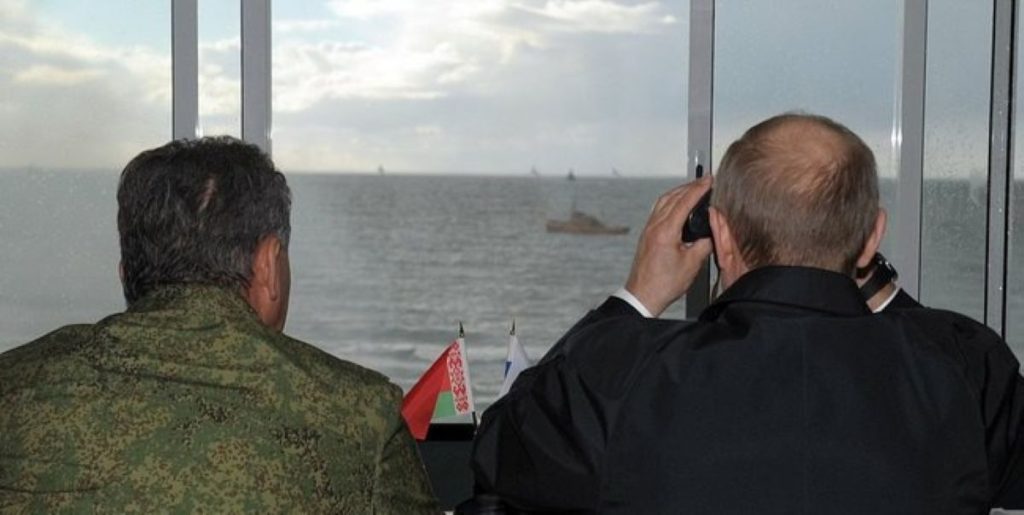The weapon experts say could trigger radioactive tsunamis and make entire coastlines uninhabitable.
Others are reading now
Russia has conducted a second major nuclear weapons test in under a week, as President Vladimir Putin announced the successful launch of the Poseidon nuclear-capable torpedo.
Second nuclear test in days
The announcement came only days after Moscow revealed it had fired the Burevestnik cruise missile, nicknamed the “Flying Chernobyl” for its potential to release radioactive contamination.
That test drew condemnation from Washington and sparked fury from U.S. President Donald Trump, who warned that American nuclear submarines were stationed near Russia’s borders.
During a meeting with soldiers wounded in Ukraine, Putin said the Poseidon test had taken place the previous day.
“Yesterday, another test was conducted for another prospective system, the unmanned underwater device ‘Poseidon,’ also equipped with a nuclear power unit,” he said.
Also read
According to Putin, Russia had for the first time managed to both launch the torpedo from a submarine and activate its nuclear propulsion system underwater.
He hailed the test as “a huge success,” claiming there is “no way to intercept” the weapon.
“No defense possible”
The Kremlin leader said Poseidon is even more powerful than Russia’s Sarmat intercontinental missile.
Russian state media have previously described Poseidon as capable of traveling at 115 mph and diving to depths of nearly 3,000 feet.
The weapon is designed to carry either a conventional or nuclear warhead, though analysts say it would likely only be used with a nuclear payload.
Also read
When armed, it could theoretically cause a radioactive tidal wave capable of devastating coastal cities.
Moscow’s threats have often targeted Britain. One Russian propagandist said recently, “The British say their task is to inflict strategic defeat on us. Well, let them say it from underwater.”
Expert warnings
Security expert Philip Ingram MBE told The Sun that the Poseidon is “essentially a radiological dirty bomb” if fitted with a conventional explosive.
“If it’s nuclear-powered at its propulsion end, and you’ve got something that goes bang at the other end, then you’ve just created a radiological dirty bomb,” he said.
He added that its military value is questionable compared with Russia’s existing missile arsenal.
Also read
“Russia’s intercontinental ballistic missiles can do the job much better anyway,” Ingram said, calling the weapon an attempt to intimidate the West rather than a practical military tool.
Sources: The Sun, East2West, mil.ru
This article is made and published by Kathrine Frich, who may have used AI in the preparation


